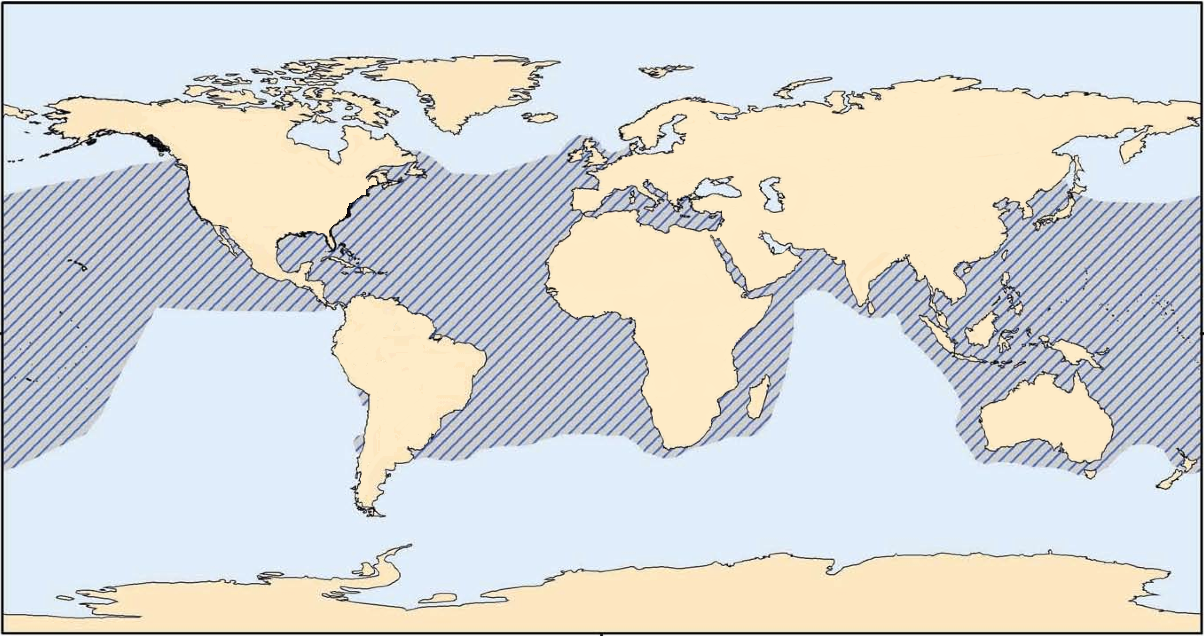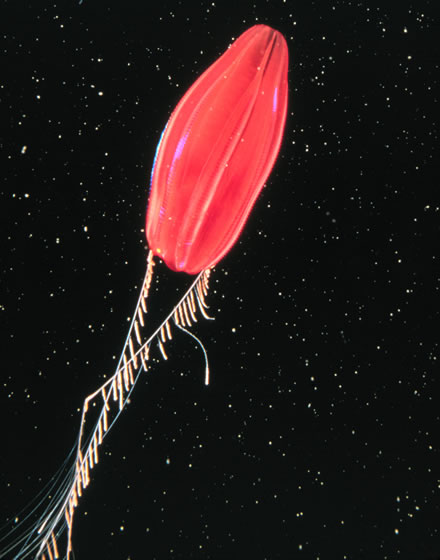|
Renillidae
''Renilla'' is a genus of Pennatulacea, sea pen. It is the only genus within the monotypic Family (biology), family Renillidae. Sea pansy is a common name for species in this genus. Species The following species are recognized: * ''Renilla amethystina'' Verrill, 1864 * ''Renilla koellikeri'' Pfeffer, 1886 * ''Renilla muelleri'' Kölliker, 1872 * ''Renilla musaica'' Zamponi & Pérez, 1996 * ''Renilla octodentata'' Zamponi & Pérez, 1996 * ''Renilla reniformis'' (Pallas, 1766) * ''Renilla tentaculata'' Zamponi, Perez & Capitali, 1996 Anatomy and Morphology ''Renilla'' has a distinctive heart shaped colony with a violet or red color. Pennatulaceans, in the order Pennatulacea, are soft corals in the subclass Octocorallia. But Pennatulaceans have different structures and functions from other octocorals. They form one main polyp, oozooid, which anchors itself onto the seabed using a stalk, Peduncle (anatomy), peduncle, instead of forming a large colony like most soft corals. The top o ... [...More Info...] [...Related Items...] OR: [Wikipedia] [Google] [Baidu] |
Renilla Reniformis
''Renilla reniformis'', the sea pansy, is a species of soft coral in the family Renillidae. It is native to warm continental shelf waters of the Western Hemisphere. It is frequently found washed ashore on North East Florida beaches following northeasterly winds or rough surf conditions. It also can often be found living intertidally completely buried in the sand. An important predator is the striped sea slug, ''Armina tigrina''. Description The sea pansy is a collection of polyps with different forms and functions. A single, giant polyp up to two inches in diameter forms the anchoring stem (peduncle). This peduncle can be distended to better anchor the colony in the substrate. The pansy-like body bears many small, anemone-like feeding polyps. A cluster of tentacleless polyps form an outlet valve that releases water to deflate the colony. If the colony is on a sand bar at low tide, it usually deflates and becomes covered with a thin film of silty sand. Small white dots between ... [...More Info...] [...Related Items...] OR: [Wikipedia] [Google] [Baidu] |
Renilla Koellikeri
''Renilla koellikeri'' (also spelled ''R. kollikeri'' or ''R. köllikeri'') is a species of sea pen that has been reported from the southern coast of California, including Santa Barbara, California Santa Barbara (, meaning ) is a coastal city in Santa Barbara County, California, of which it is also the county seat. Situated on a south-facing section of coastline, the longest such section on the West Coast of the United States excepting A .... References Williams, Gary C. "Index Pennatulacea Annotated Bibliography and Indexes of the Sea Pens (Coelenterata: Octocorallia) of the World 1469-1999". PROCEEDINGS OF THE CALIFORNIA ACADEMY OF SCIENCES. 51 (2): 19-103. Bioluminescent cnidarians Renillidae {{Octocorallia-stub ... [...More Info...] [...Related Items...] OR: [Wikipedia] [Google] [Baidu] |
Renilla Muelleri
''Renilla muelleri'' (also spelled ''R. mulleri'' or ''R. müilleri'') is a species of sea pansy. It has been reported from the Gulf Coast of the United States, notably the Florida panhandle, but is also reported from the eastern coast of South America. It is thought to be a euryhaline littoral The littoral zone, also called litoral or nearshore, is the part of a sea, lake, or river that is close to the shore. In coastal ecology, the littoral zone includes the intertidal zone extending from the high water mark (which is rarely i ... species, found to a depth of up to 150 meters. The genome of ''R. muelleri'' was sequenced in 2019. References Bioluminescent cnidarians Renillidae Octocorallia genera {{Octocorallia-stub ... [...More Info...] [...Related Items...] OR: [Wikipedia] [Google] [Baidu] |
Loggerhead Sea Turtle
The loggerhead sea turtle (''Caretta caretta'') is a species of sea turtle, oceanic turtle distributed throughout the world. It is a marine reptile, belonging to the Family (biology), family Cheloniidae. The average loggerhead measures around in carapace length when fully grown. The adult loggerhead sea turtle weighs approximately , with the largest specimens weighing in at more than . The skin ranges from yellow to brown in color, and the shell is typically reddish brown. No external differences in sex are seen until the turtle becomes an adult, the most obvious difference being the adult males have thicker tails and shorter plastrons (lower shells) than the females. The loggerhead sea turtle is found in the Atlantic Ocean, Atlantic, Pacific Ocean, Pacific, and Indian Oceans, as well as the Mediterranean Sea. It spends most of its life in saltwater and estuarine habitats, with females briefly coming ashore to lay eggs. The loggerhead sea turtle has a low reproductive rate; fem ... [...More Info...] [...Related Items...] OR: [Wikipedia] [Google] [Baidu] |
Metamorphosis
Metamorphosis is a biological process by which an animal physically develops including birth transformation or hatching, involving a conspicuous and relatively abrupt change in the animal's body structure through cell growth and differentiation. Some insects, jellyfish, fish, amphibians, mollusks, crustaceans, cnidarians, echinoderms, and tunicates undergo metamorphosis, which is often accompanied by a change of nutrition source or behavior. Animals can be divided into species that undergo complete metamorphosis (" holometaboly"), incomplete metamorphosis (" hemimetaboly"), or no metamorphosis (" ametaboly"). Generally organisms with a larval stage undergo metamorphosis, and during metamorphosis the organism loses larval characteristics. Etymology The word ''metamorphosis'' derives from Ancient Greek , "transformation, transforming", from ('), "after" and ('), "form". Hormonal control In insects, growth and metamorphosis are controlled by hormones synthesized by ... [...More Info...] [...Related Items...] OR: [Wikipedia] [Google] [Baidu] |
Tentacle
In zoology, a tentacle is a flexible, mobile, and elongated organ present in some species of animals, most of them invertebrates. In animal anatomy, tentacles usually occur in one or more pairs. Anatomically, the tentacles of animals work mainly like muscular hydrostats. Most forms of tentacles are used for grasping and feeding. Many are sensory organs, variously receptive to touch, vision, or to the smell or taste of particular foods or threats. Examples of such tentacles are the eyestalks of various kinds of snails. Some kinds of tentacles have both sensory and manipulatory functions. A tentacle is similar to a cirrus, but a cirrus is an organ that usually lacks the tentacle's strength, size, flexibility, or sensitivity. A nautilus has cirri, but a squid has tentacles. Invertebrates Molluscs Many molluscs have tentacles of one form or another. The most familiar are those of the pulmonate land snails, which usually have two sets of tentacles on the head: when ext ... [...More Info...] [...Related Items...] OR: [Wikipedia] [Google] [Baidu] |
Sexual Reproduction
Sexual reproduction is a type of reproduction that involves a complex life cycle in which a gamete ( haploid reproductive cells, such as a sperm or egg cell) with a single set of chromosomes combines with another gamete to produce a zygote that develops into an organism composed of cells with two sets of chromosomes ( diploid). This is typical in animals, though the number of chromosome sets and how that number changes in sexual reproduction varies, especially among plants, fungi, and other eukaryotes. In placental mammals, sperm cells exit the penis through the male urethra and enter the vagina during copulation, while egg cells enter the uterus through the oviduct. Other vertebrates of both sexes possess a cloaca for the release of sperm or egg cells. Sexual reproduction is the most common life cycle in multicellular eukaryotes, such as animals, fungi and plants. Sexual reproduction also occurs in some unicellular eukaryotes. Sexual reproduction does not occur in pro ... [...More Info...] [...Related Items...] OR: [Wikipedia] [Google] [Baidu] |
Asexual Reproduction
Asexual reproduction is a type of reproduction that does not involve the fusion of gametes or change in the number of chromosomes. The offspring that arise by asexual reproduction from either unicellular or multicellular organisms inherit the full set of genes of their single parent and thus the newly created individual is genetically and physically similar to the parent or an exact clone of the parent. Asexual reproduction is the primary form of reproduction for single-celled organisms such as archaea and eubacteria, bacteria. Many Eukaryote, eukaryotic organisms including plants, animals, and Fungus, fungi can also reproduce asexually. In Vertebrate, vertebrates, the most common form of asexual reproduction is parthenogenesis, which is typically used as an alternative to sexual reproduction in times when reproductive opportunities are limited. Some Monitor lizard, monitor lizards, including Komodo dragons, can reproduce asexually. While all prokaryotes reproduce without the fo ... [...More Info...] [...Related Items...] OR: [Wikipedia] [Google] [Baidu] |
Sclerite
A sclerite (Greek language, Greek , ', meaning "hardness, hard") is a hardened body part. In various branches of biology the term is applied to various structures, but not as a rule to vertebrate anatomical features such as bones and teeth. Instead it refers most commonly to the hardened parts of arthropod exoskeletons and the internal wikt:spicule, spicules of invertebrates such as certain sponges and Alcyonacea, soft corals. In paleontology, a scleritome is the complete set of sclerites of an organism, often all that is known from fossil invertebrates. Sclerites in combination Sclerites may occur practically isolated in an organism, such as the Stinger, sting of a Conus, cone shell. Also, they can be more or less scattered, such as tufts of defensive sharp, mineralised bristles as in many marine polychaetes. Or, they can occur as structured, but unconnected or loosely connected arrays, such as the mineral "teeth" in the radula of many Mollusca, the Valve (mollusc), valves of chit ... [...More Info...] [...Related Items...] OR: [Wikipedia] [Google] [Baidu] |
Stimulus (physiology)
In physiology, a stimulus is a change in a living thing's internal or external environment. This change can be detected by an organism or organ using sensitivity, and leads to a physiological reaction. Sensory receptors can receive stimuli from outside the body, as in touch receptors found in the skin or light receptors in the eye, as well as from inside the body, as in chemoreceptors and mechanoreceptors. When a stimulus is detected by a sensory receptor, it can elicit a reflex via stimulus transduction. An internal stimulus is often the first component of a homeostatic control system. External stimuli are capable of producing systemic responses throughout the body, as in the fight-or-flight response. In order for a stimulus to be detected with high probability, its level of strength must exceed the absolute threshold; if a signal does reach threshold, the information is transmitted to the central nervous system (CNS), where it is integrated and a decision on how to ... [...More Info...] [...Related Items...] OR: [Wikipedia] [Google] [Baidu] |





